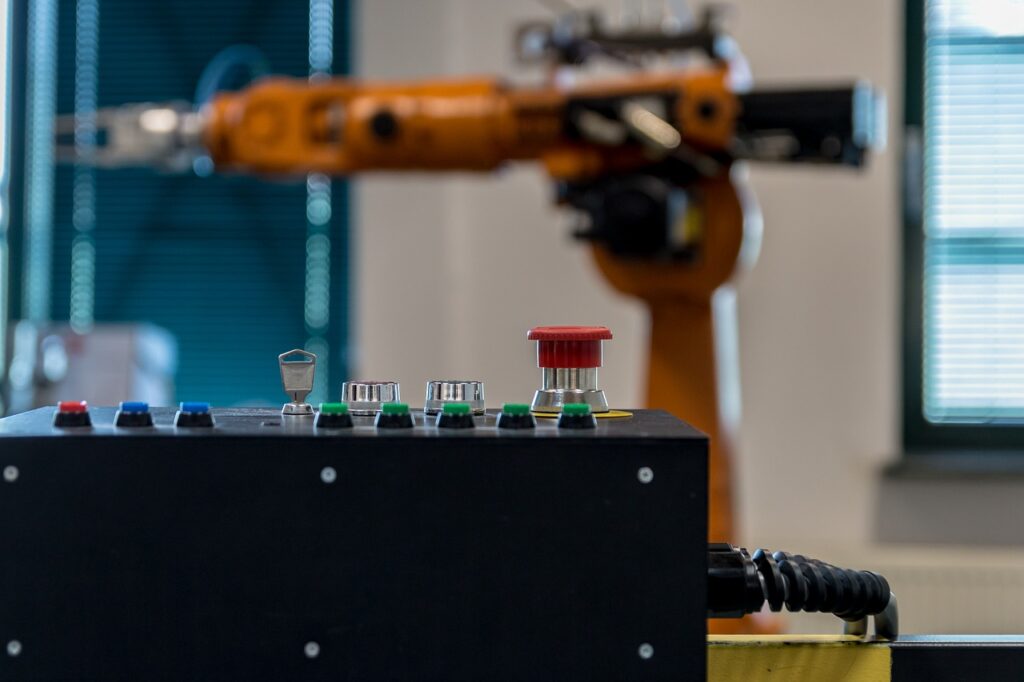Fires? In 2017, two variants of the IEC 64-8 standard concerning this topic were published: here is a summary of the main changes
A good electrical designer knows very well that fire risk is one of the most serious threats: properly assessing its dangers is of utmost importance to ensure the safety and health of people.
Two major variants of IEC 64-8, which covers the requirements and performance of civil electrical systems , were published in 2017.
Let us take a brief look at what new features have been introduced, premising that the more in-depth and technical description is available on the Italian Electrotechnical Committee website.
VARIANT V3
The first Variant V3 modified the sections on fire protection, hazard protection devices and control devices. The standards introduced were created with the aim of controlling the threat of fire related to electrical systems.
Where greater risk is present and in places subject to constraints (such as artistic places) it is necessary, to apply one of the following measures:
- Install devices that can detect the consequences of a failure and activate automatic or manual alarms and protections such as temperature probes and detectors;
- Check and perform scheduled periodic maintenance to check the parts of the system that may present a series failure hazard.
- Use arc-fault detection devices in accordance with product standard IEC EN 62606 with voltage ratings up to 240 V and for single-phase circuits.
Other provisions of this variant concern the installation of residual current circuit breakers at the origin of the system, sizing of overload protections, systems capable of detecting overloads.
VARIANT V4
Variant V4, on the other hand, stems from the application of a specific EU regulation on power cables, which we discussed in this article.
The regulation obliged manufacturers to make cables rated according to fire test results. In addition, again according to the regulation, these devices must also meet the standards on fire behavior and the systems for evaluation and verification of constancy of performance.
So, as a result of the regulation it was necessary to update IEC 64-8 to regulate how the new cables should be used, and hence comes Variant V4.
Basically, this change stipulates that when using cables and other products with fire behavior according to the IEC EN 61386 series of standards, it is not necessary to implement precautions against the risk of fire spread.
If, on the contrary, there are specific hazards, it is recommended to install cables with superior fire performance. They may be lower only in specific cases.
ELECTRICAL PANELS AND FIRE HAZARDS
Electrical panels used in potentially explosive atmospheres must also follow specific rules ATEX is the main reference certification.
Indicates that the products meet basic health and safety standards in Europe governing all types of equipment, protective systems and components intended for use in hazardous environments.
Depending on the area in which the product is to be used, the requirements and procedures for conformity testing (conformity assessment procedure) have different validity.
EiQ Industrial provides, for its switchboards, the declaration of conformity for group 2, category 3 for zone 2, 22 according to ATEX Directive 2014/34/EU.









